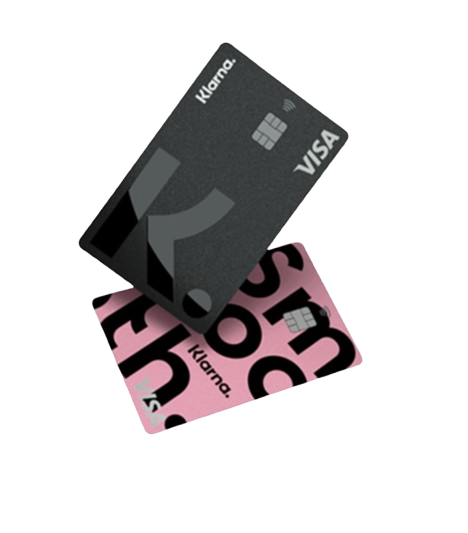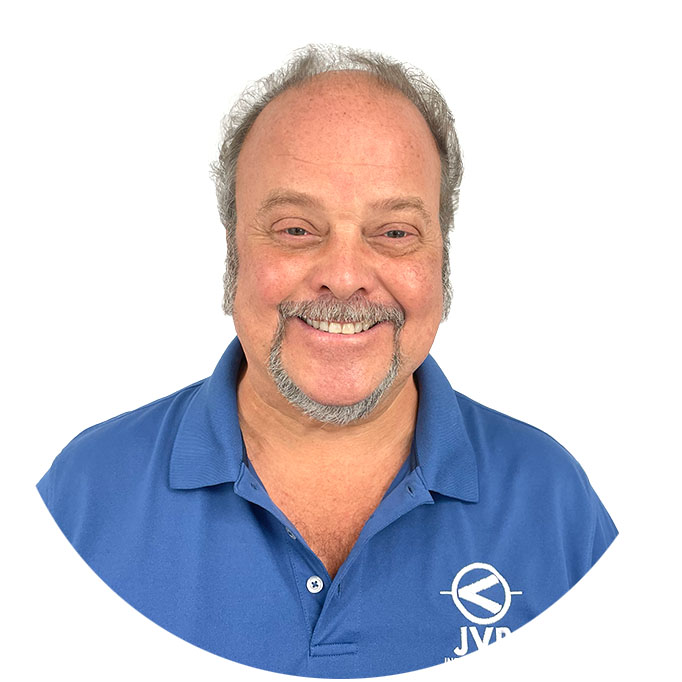3 Methods Of Cooking in Chamber Pouches
“Three methods are used to cook in your chamber vacuum pouches: boiling, microwaving, and sous vide…”
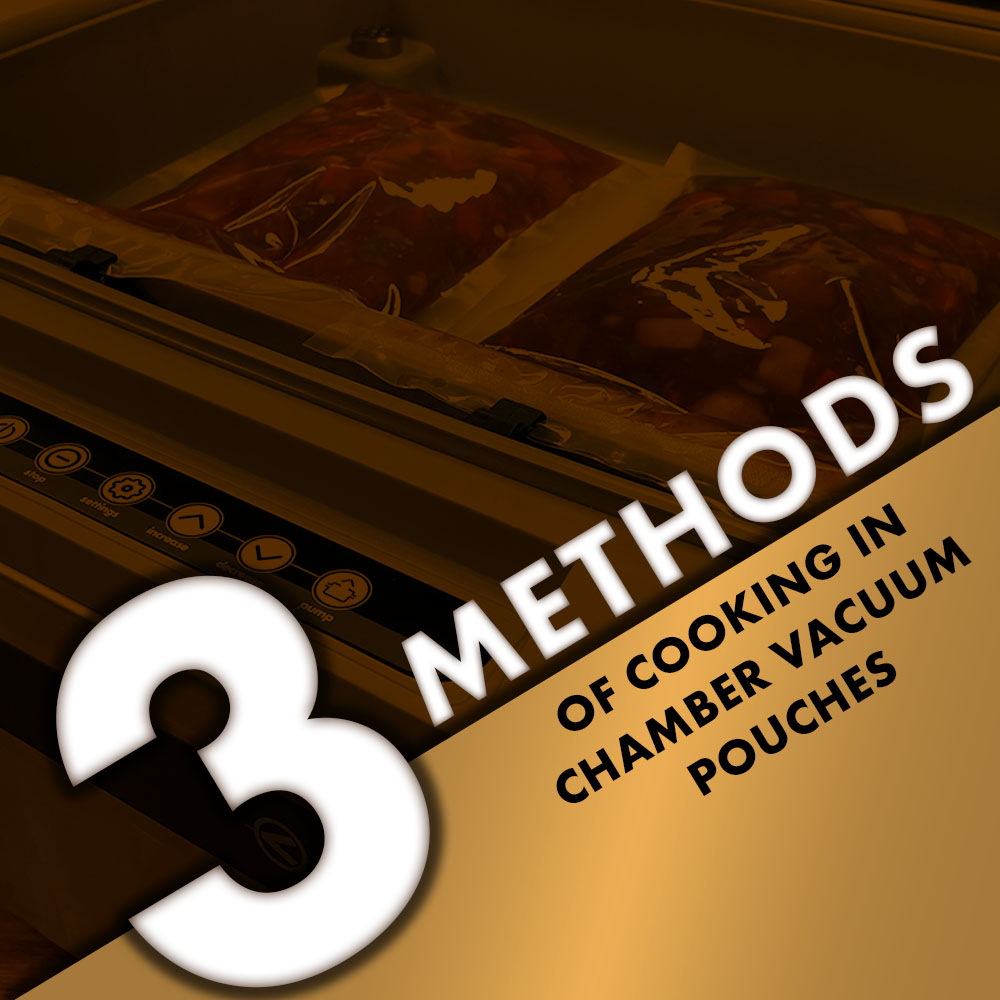
Today, we are going to share some cooking methods that can be implemented when using chamber vacuum pouches. Three methods are used to cook in your chamber vacuum pouches: boiling, microwaving, and sous vide cooking. These methods provide a simple and efficient way to cook at home or to provide your customers using the chamber vacuum pouches.
You may have been informed that each method is safe to utilize as long as you follow specific protocols. Yet, a difference exists between saying you can microwave food in chamber vacuum pouches and saying it is safe to microwave food in chamber vacuum pouches.
Today, we will dive into the three methods of cooking and why JVR Industries cautions away from believing that each method of cooking is entirely safe.
1) Our Chamber Vacuum Sealer Bags are BPA FREE
2) Overview of Materials Used in Bags for Manufacturing
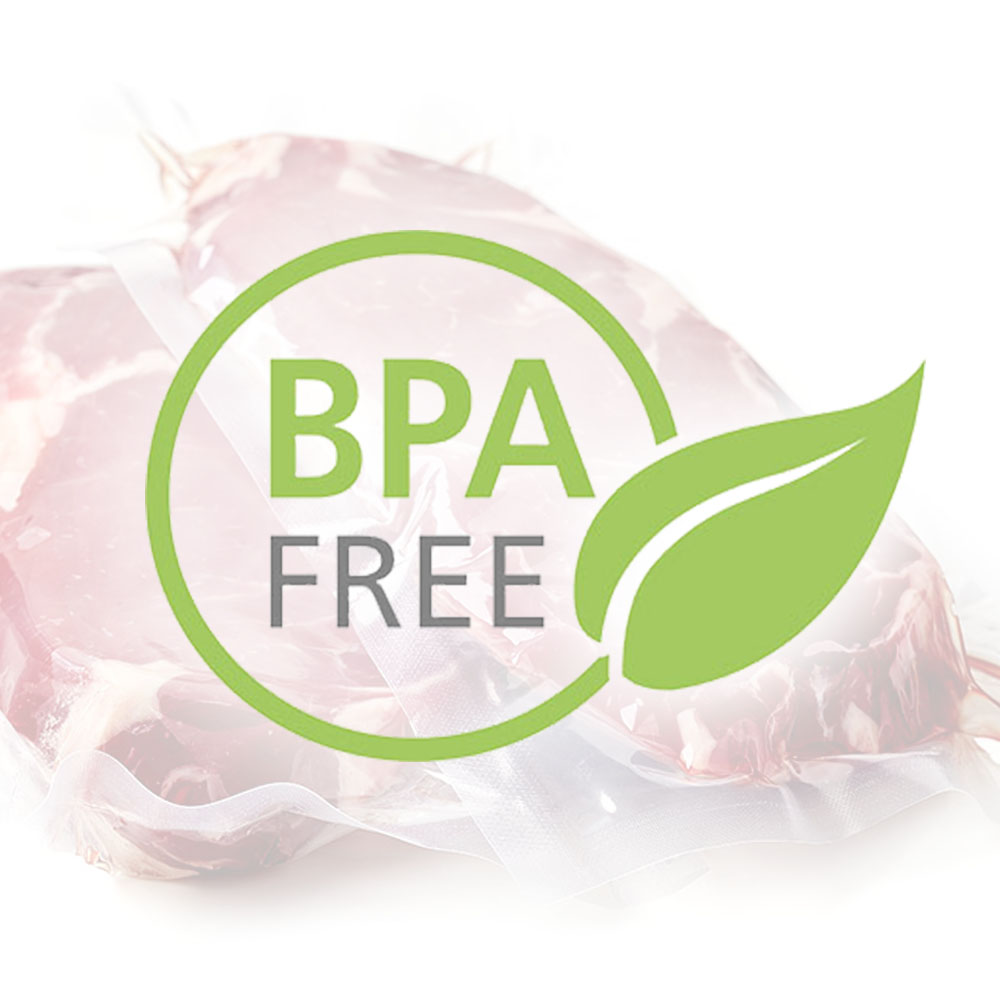
Our Chamber Vacuum Sealer Pouches Are BPA-FREE
BPA or Bisphenol A is a chemical used for certain plastics in industrial manufacturing. BPA is safe at very low levels according to the FDA. Thankfully, our VacPouch line is completely free of Bisphenol A. Having a BPA-FREE pouch gives our customers that extra level of comfort that they are not consuming industrial chemicals at any level.
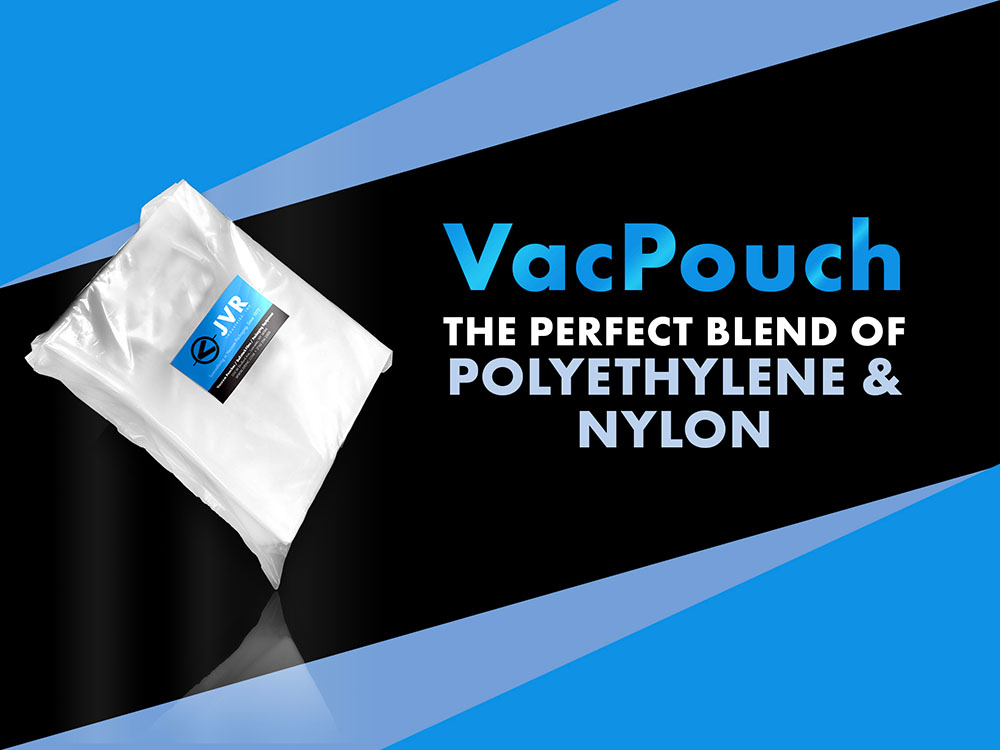
What Does This Mean For Cooking?
Our vacuum pouches include materials such as polyethylene and nylon that allow them to withstand higher temperatures before they change state or even soften. Although this is the case, carefully manufactured packaging products from any company do not guarantee complete safety from plastics entering your food during microwaving. We are highly aware of the precautions taken in manufacturing to ensure your safety. However, we find not one company maintains certainty of safety even if the chances are minimal.
The 3 Methods Of Cooking
The methods of cooking in a vacuum chamber pouch such as our VacPouch are boiling, microwaving, and sous vide.

Boiling
Boiling is a well-known method of cooking that involves placing vacuum-sealed food in boiling water (100°C or 212°F). This method is simple and efficient due to the high temperature of the water. The materials within the pouches are made to withstand the boiling temperatures for about 20 minutes before the possibility of plastics contaminating the food.
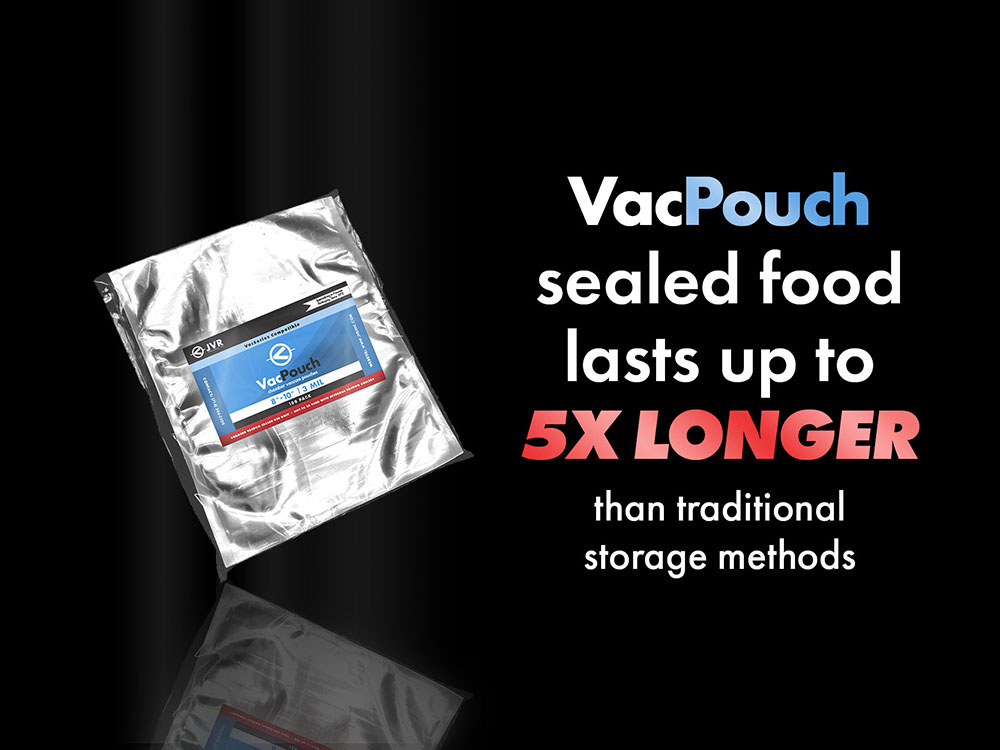
Microwaving: Can it be Done?
Many customers ask about the safety of microwaving food in a vacuum pouch. Some companies suggest poking a hole or cutting a corner before microwaving the product to avoid steam build-up or the possibility of the pouch bursting.
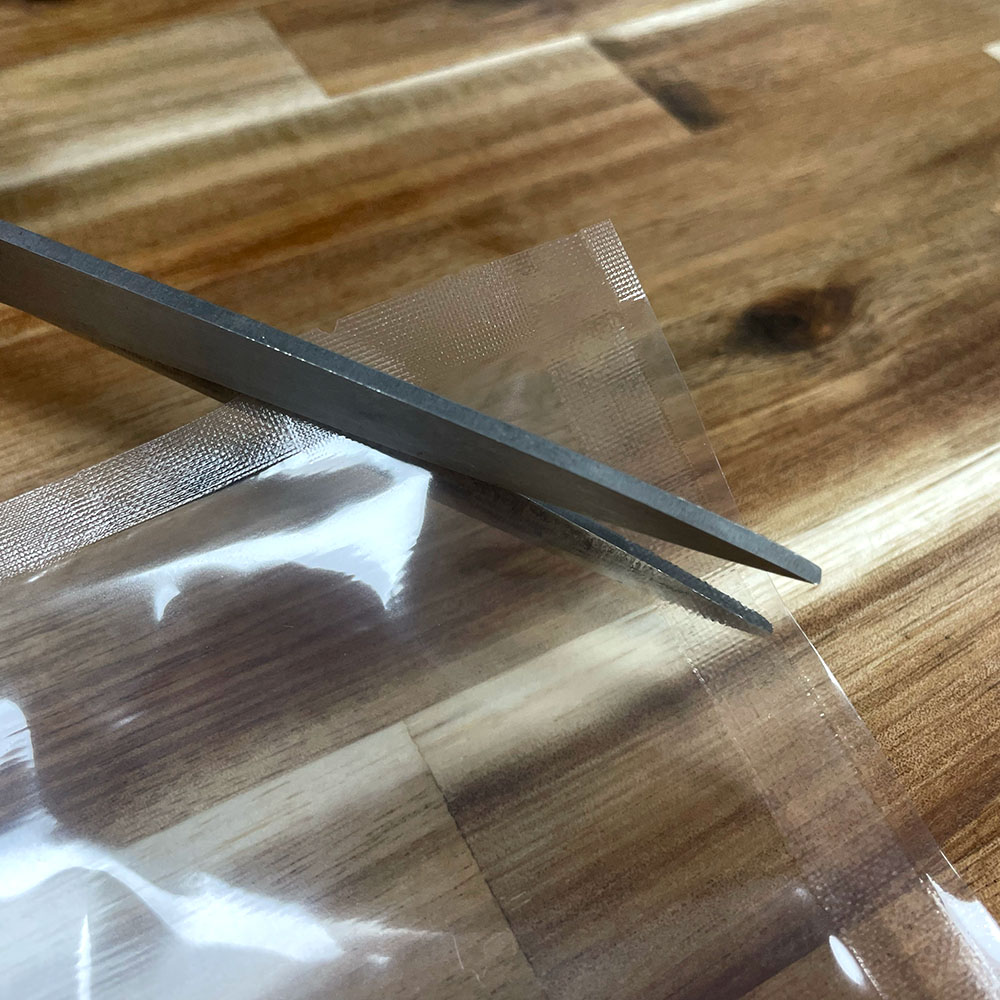
Why Not Cut Corners?
Cutting the corner off a pouch won’t ensure that the product does not reach the plastic melting point. The only reason they advise cutting the corner is so that the bag does not expand and break. The recommendation has nothing to do with making it automatically safer even if it may avoid bursting the pouch.
JVR Industries prefers to acknowledge the gray area in this method. The possibility of harmful plastics entering your food during microwaving, even if the packaging is durable, is simply not guaranteed.
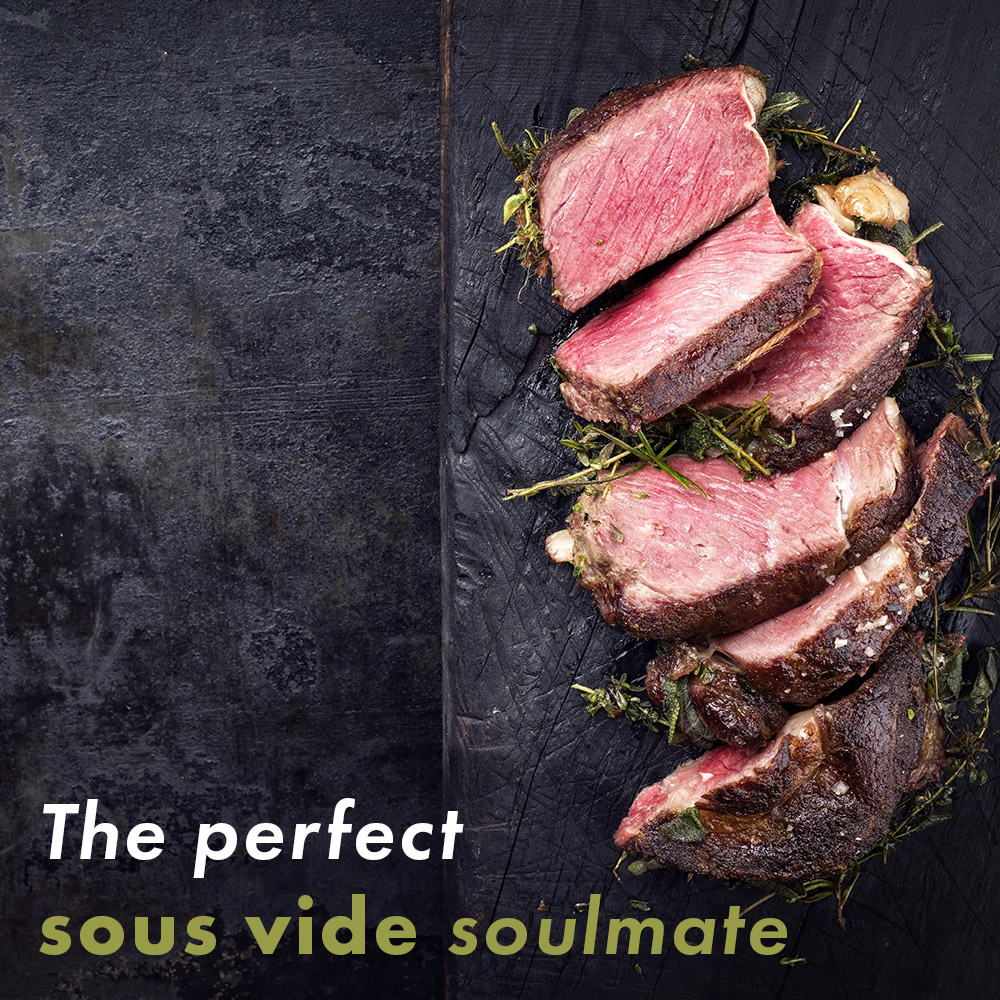
Our VacSeries line of chamber vacuum sealers is the companion for the sous vide process. Click here to learn more!
Sous Vide Cooking
Sous vide is a prestigious French method of cooking gaining popularity in professional kitchens as well as home cooking and you will see why!
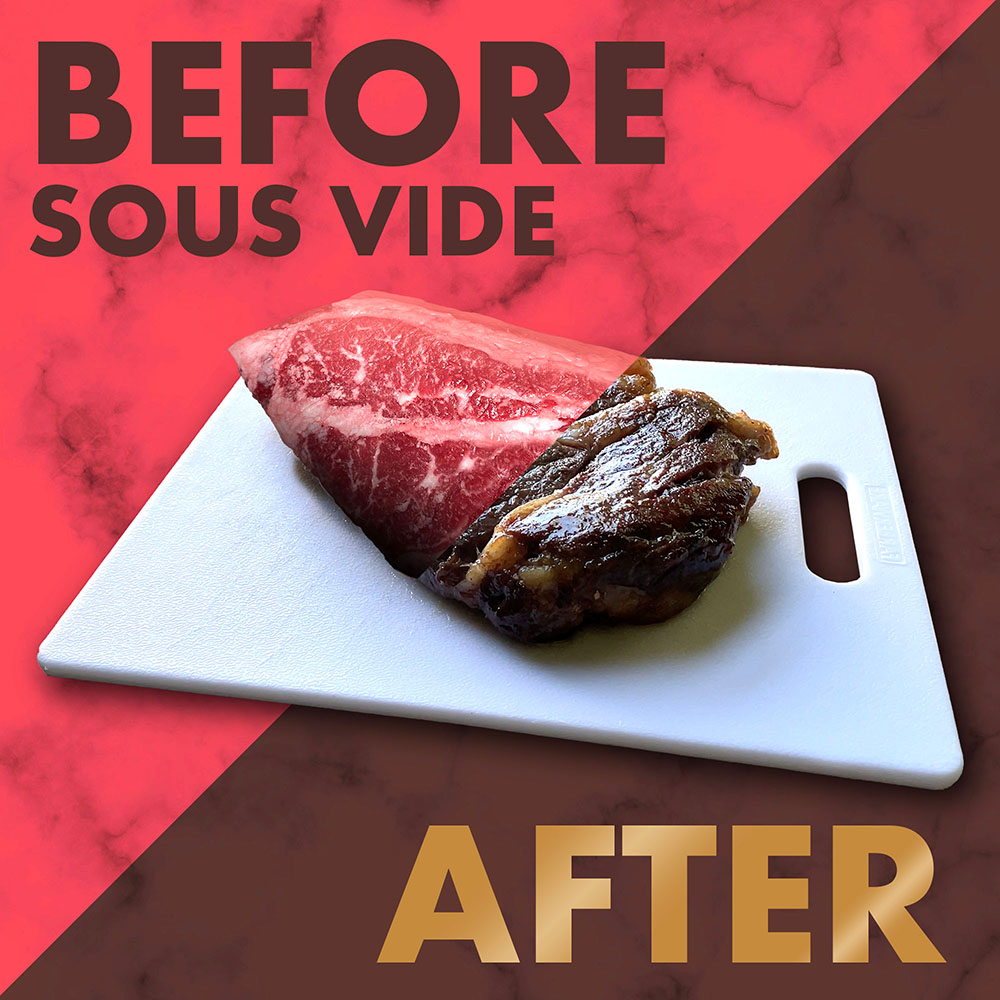
What Is Sous Vide Cooking?
Sous vide is a simple, two-step process to cook your meat professionally. First, use a chamber vacuum sealer to vacuum seal your meat product in a vacuum pouch. This removes the air from the bag and creates an airtight seal. Immerse the product in a water bath or pot of water heated to a precise “low” temperature (under 180°).
The amount of time you immerse the meat in the “low” temperature water depends on the product. To determine specific recommendations for water temperature and cooking times to reach the desired doneness for your product, visit Sous Vide Cooking Guides.
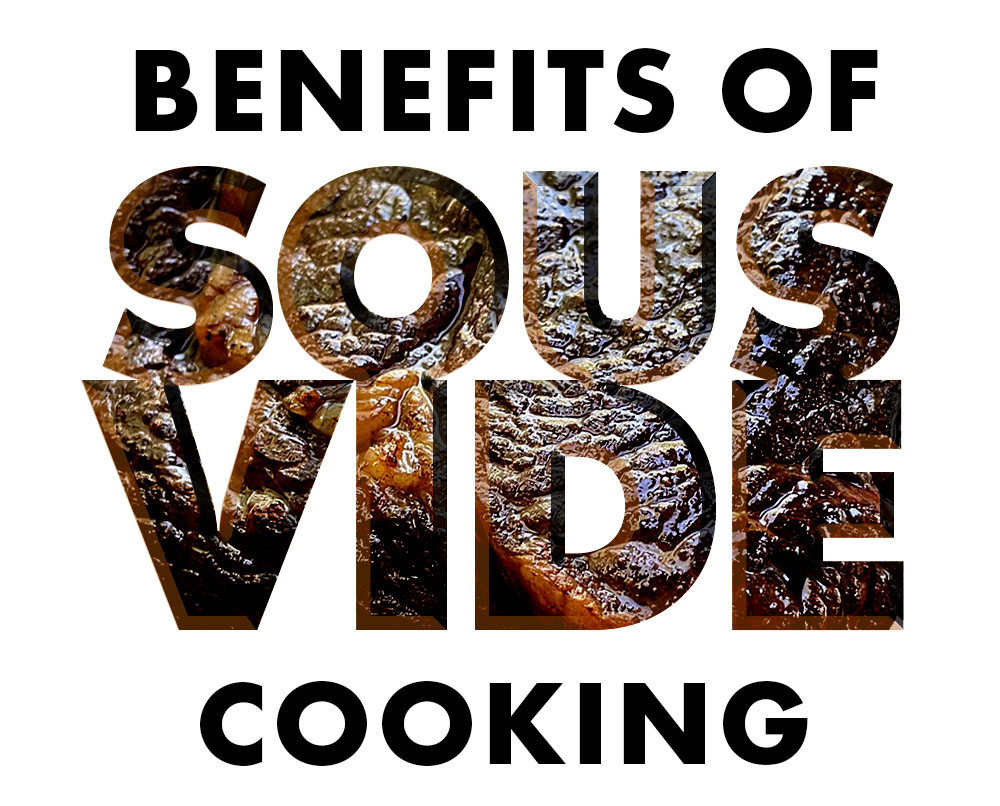
Benefits Of Sous Vide Cooking
First, our chamber vacuum pouches contain mechanical properties to withstand high temperatures. Although this is the case, sous vide provides an alternative cooking method that limits the temperatures needed to typically 180° and below. Therefore, you can ensure safety from contamination when enjoying your meal.
Preserve the desired flavor, moisture, and nutrients exceptionally. Douse the meat in seasonings or sauces and the flavor will be preserved to create a delightful surprise of the perfect steak you’ve always imagined.
Sous vide cooking also allows even cooking. Vacuum sealing ensures the hot water is in direct contact with every millimeter of surface area to provide precise and controlled cooking for consistent results.
Meal planning made easy! Since a majority of the sous vide process involves slow cooking in water over time, minimal time is needed to prep and you do not have to worry about burning your food.

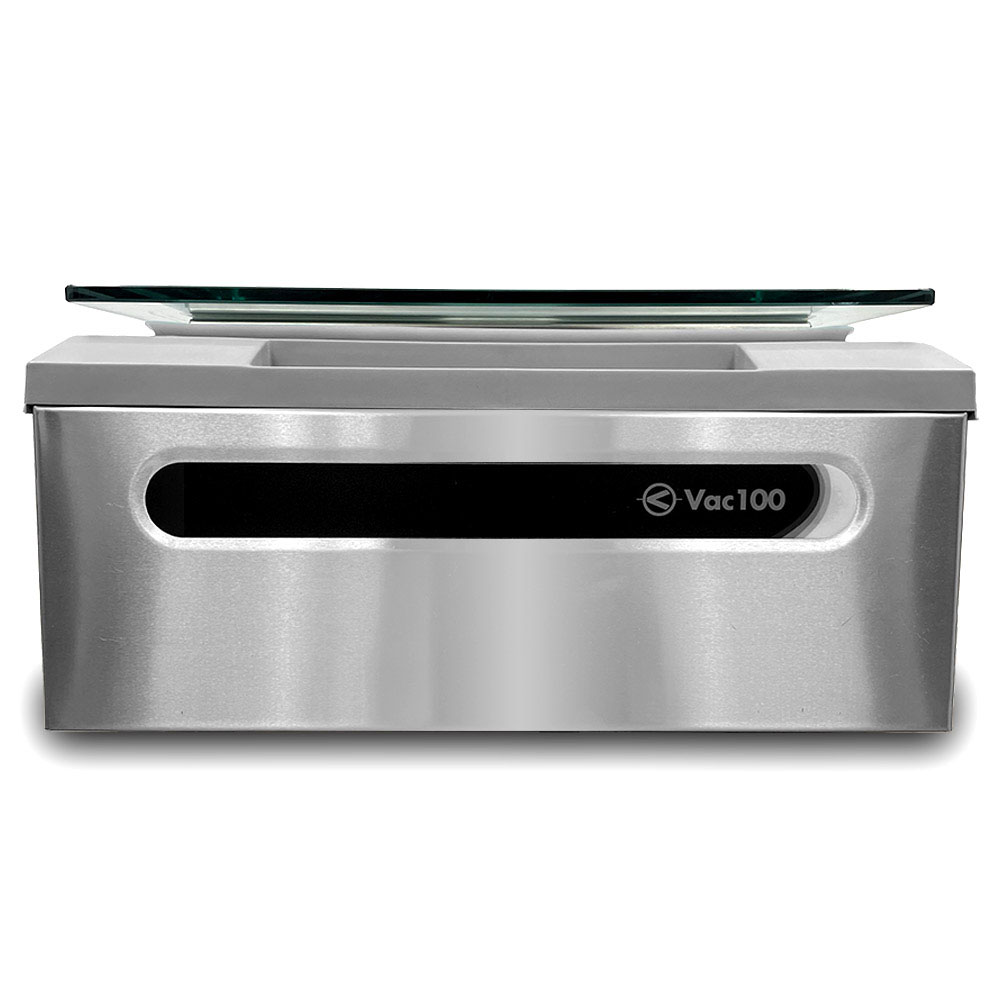
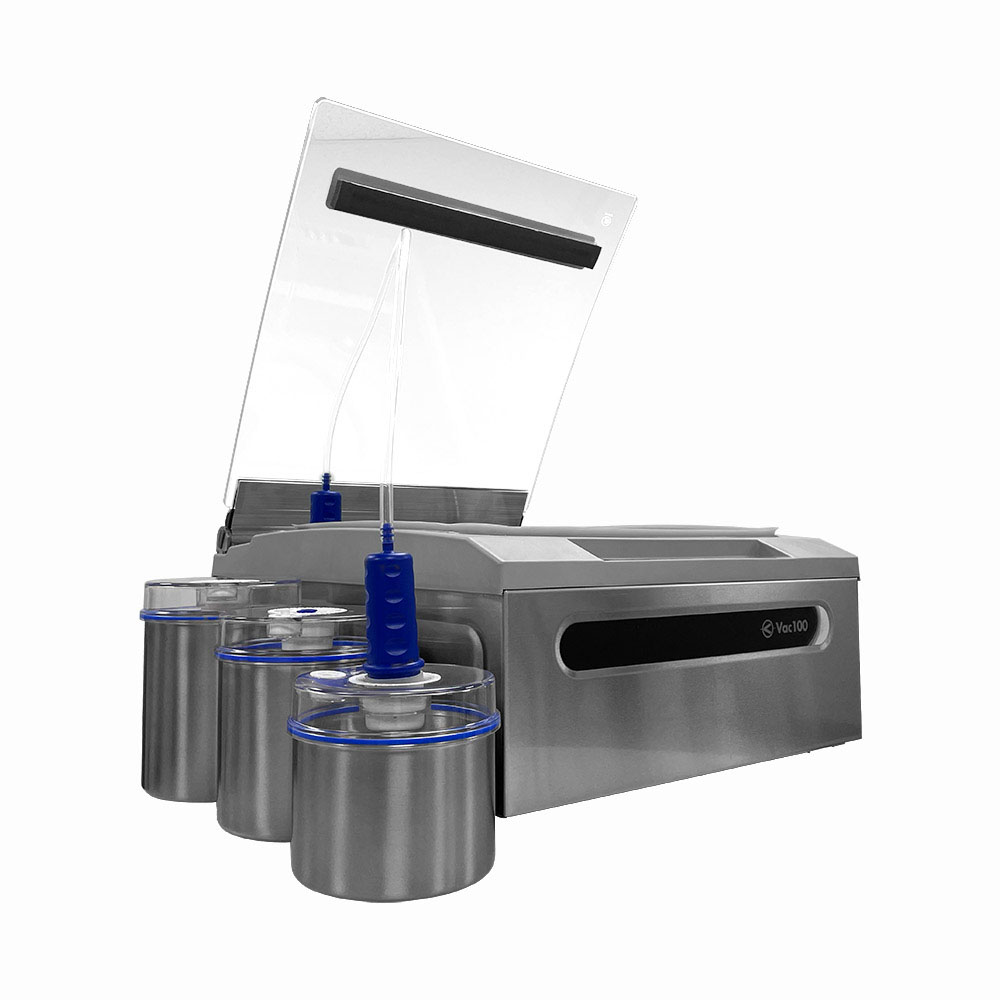
Tools Needed To Seal Chamber Vacuum Pouches
To utilize these methods, you will need a chamber vacuum sealer to vacuum seal bags that package the desired products. JVR Industries carries top-notch chamber vacuum sealers such as the Vac100 or Vac110 that are more than fit to produce the results you need to efficiently and effectively seal your products.
We stand out from our competitors as we have specialized in the vacuum sealing industry since 1972. That is over 50 years of experience!
Some companies may suggest alternative external vacuum sealers with an edge and suction, but these cannot seal smooth textured chamber pouches. Plus, a chamber vacuum sealer provides the option to package liquids which is not provided by an external vacuum sealer.
To learn more, click here to browse our selection of economy line chamber vacuum sealers.







